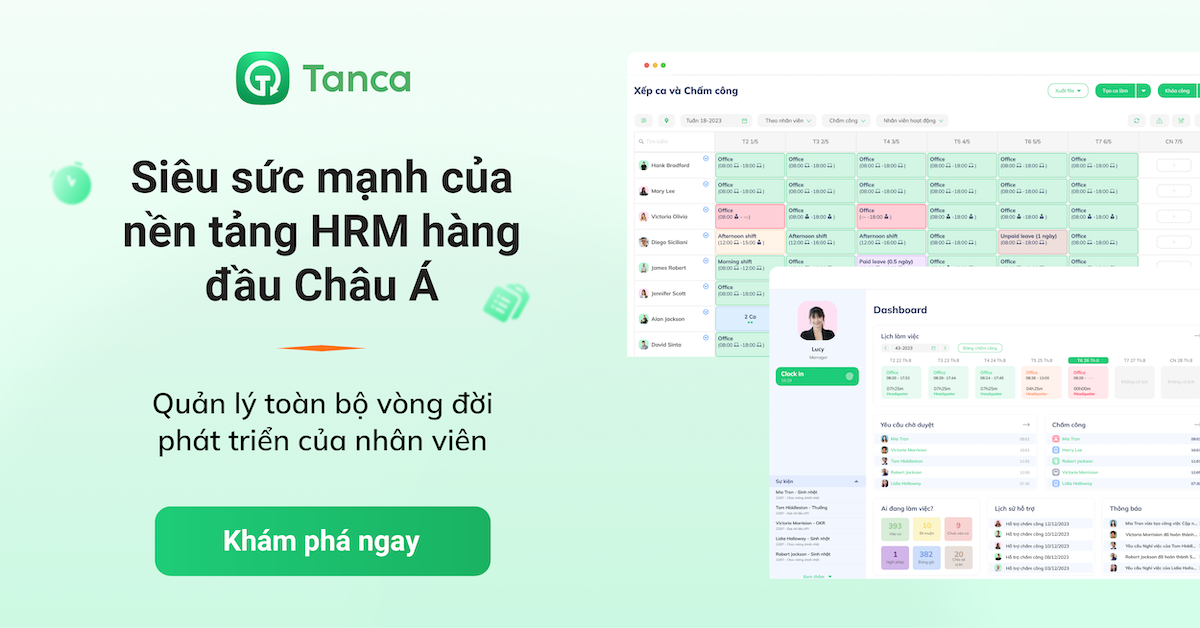How to run payroll checklist? Tanca's payroll checklist gives you an overview of your payroll's specific progress for each pay period, month, and year. Running a payroll checklist just takes five minutes of reading time. Let's get started.
Overview of Payroll Checklist
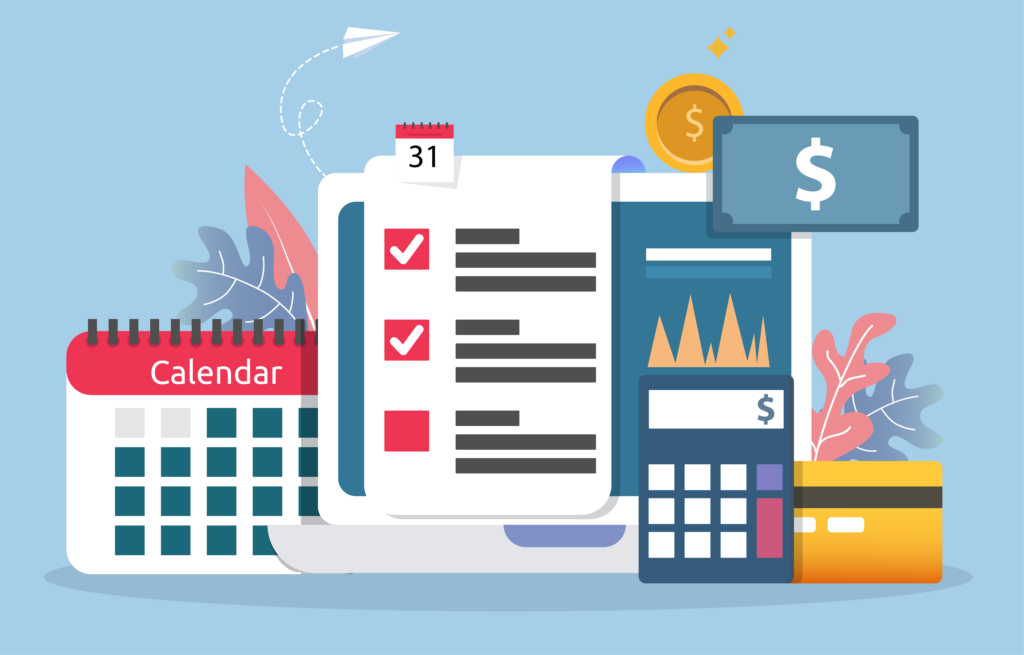
Included in the Payroll Checklist
The preparatory conditions for establishing payroll in the US are covered by the payroll checklist below, which includes these employment taxes:
- Federal tax ID number (EIN): this is used to identify a company organization and is also known as an Employer Identification Number (EIN).
- Local tax ID numbers: This is for state and local taxation as well as record keeping.
- State and municipal withholding accounts: Bank accounts designed to hold withheld taxes until they may be paid to the appropriate recipients on the correct day.
- Employee tax and pay information: Employers are generally required to withhold federal income tax from their employees' earnings. The fundamental information as well as forms you require from employees to secure their employability and accurate payment.
It then goes on to detail the major stages in payroll processing, which are as follows:
- Calculating time: Using hourly timecards and timesheets, tally the total number of hours worked each day and then add these values for the entire work period. You can also use Employee Time Tracking Software to do this.
- Estimating gross pay: the total amount earned before taxes and deductions.
- Calculating withholdings: Determine the gross salary based on the number of hours worked and the hourly rate, including overtime. Reporting of total hours worked and total wages. The sums required for withholding on benefits, federal, state, and local taxes.
- Determining net pay: the whole amount of compensation given to the employee.
- Determining net pay: the whole amount of compensation given to the employee.
- Withholding distribution: transmitting tax and other withholding payments to the appropriate accounts as well as service providers.
Read more: Employee Turnover Vs Attrition
This Payroll Checklist Does Not Include
If there is one guideline that is more important than all others in payroll processing, it is keeping precise and full records.
This is significant since it is the employer's responsibility to demonstrate that everything was proper in the event of a dispute, whether it results from a current or former employee receiving inaccurate compensation or a state or federal agency receiving incorrect taxes.
This payroll checklist does not include these items, however employers must still remain in compliance by:
- Keeping meticulous, comprehensive, and well-organized records.
- To avoid penalties, pay your federal and state taxes on time.
- Notifying the IRS of new hires and workforce changes.
Read more: What Is An Advantage Of Hiring Contingent Workers?
How to run payroll checklist?
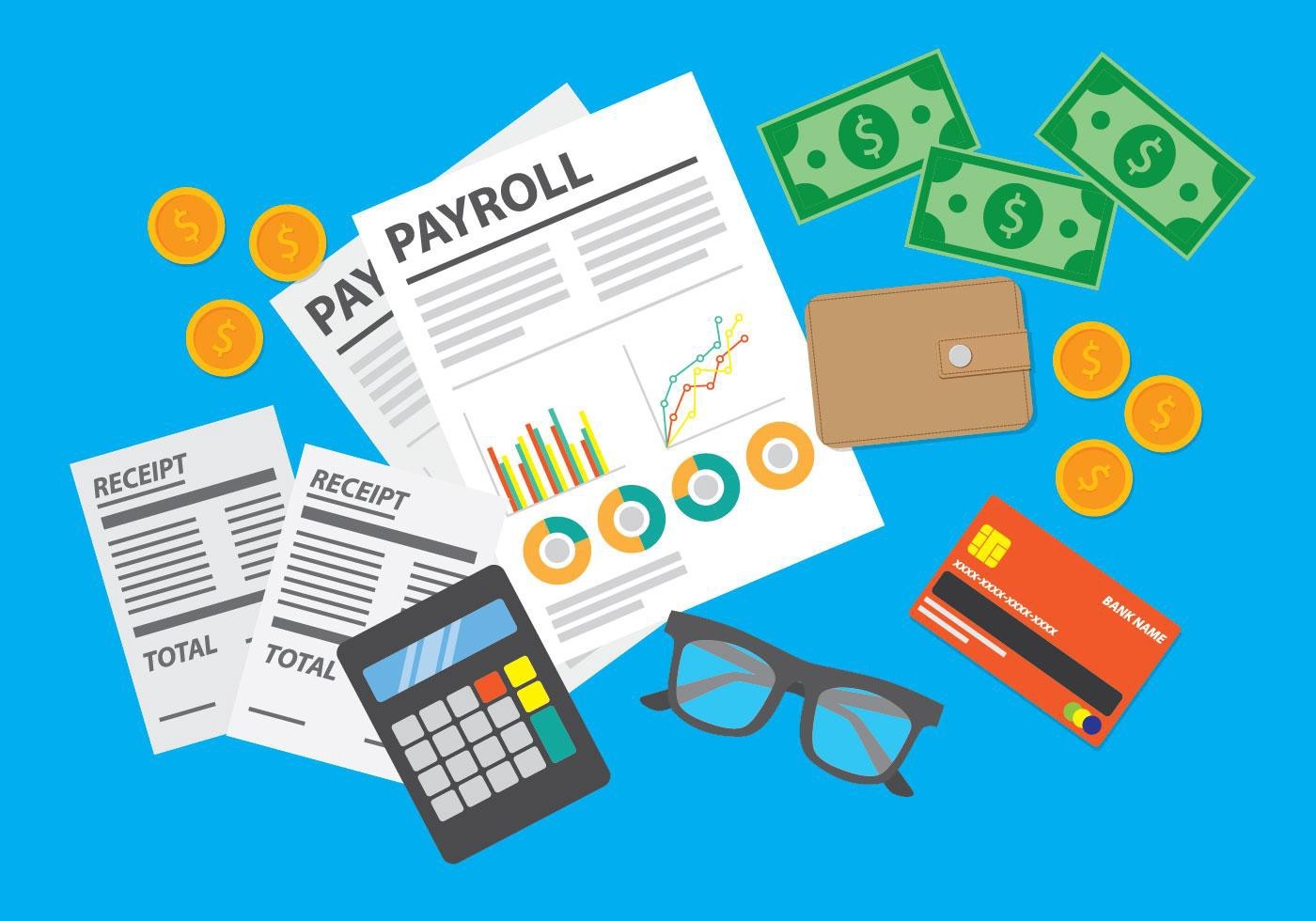
Monthly payroll checklist is essential. You MUST ensure that you preserve accurate records in case of a discrepancy. If there is a dispute with employees or a government agency, it is the employer's responsibility to prove their case.
Remember that!
Now, to make sure that you are conducting payroll correctly, follow this detailed checklist.
Step 1: Prepare basic payroll information
You will need the following items before running payroll for the first time:
- Tax identification numbers issued by states and municipalities.
- An Employer Identification Number (EIN).
- Tax information for employees
W-4 form for full- and part-time employees
W-9 form for contract and independent workers.
Form I-9, which verifies eligibility for employment in the United States. - Wage and pay information for employees.
- Direct deposit information for employees.
- Withholding accounts, both federal and state.
Account in the Electronic Federal Tax Payment System (EFTPS).
The State Unemployment Insurance Account (SUTA), as described on the website of the Labor Department in your state.
Mention the new hire reporting account.
Account for state worker's compensation insurance. - A budget account for payroll.
- A payroll calendar.
- Direct deposit and/or printed checks are both options.
- Your tax payment plan.
- PTO
Step 2: Verify the employee's data
Before conducting payroll, go over your personal information to make sure nothing has been forgotten or modified.
- Employee data has been updated
Address and full name.
Check their EIN, SSN, or Form W-4 (for employees) or Form W-9 (for contractors) from the IRS.
Form W-4 details on employee tax withholding.
Pay rate and additional profits such as sales commissions or tips
If their wages are liable to garnishment.
Which staff benefits they have selected that need reserving information about Direct Deposit bank accounts.
Form I-9, which verifies eligibility for employment in the United States.
- Personal information about current workers
The address has changed.
Changes in job title.
Wage/salary adjustments.
Changes to tax withholding.
Benefits fluctuate.
Changes in employment status.
Step 3: Compute Gross Pay
Make the appropriate calculations to determine the pre-withholding pay for each employee.
- Hourly workers
- Collect signed timecards or timesheets from managers.
- Examine the hours entered for each employee.
- Calculate the elapsed time.
- Determine any paid time off.
- Determine any additional pay (retroactively payment, commissions, bonuses). - Core Employees.
- Determine your gross pay.
- Keep track of any paid time off.
- Determine any additional pay (retroactively payment, commissions, bonuses).
Step 4: Compute net pay
Calculate how much money you need to deduct from each employee's compensation, being sure to include pre-tax contributions before computing taxes. Don't forget to account for any employer-matched contributions to the retirement or healthcare programs.
- Adjustments that are pre-tax or tax-free.
- Premiums for benefits (pre-tax).
- Contributions to an HSA (pre-tax).
- Contributions to retirement funds (pre-tax for 401(k) and non-Roth IRA).
- Expense reimbursements (not taxed).
- FICA taxes
- FUTA, SUTA taxes - Withholdings and taxes
- The federal income tax
- The Medicare tax.
- Withholdings from Social Security.
- Income taxation in the state.
- Local levies.
- Salary garnishments - Double Check the locations and amounts for accuracy.
Step 5: Go over your taxes and deductions
Payroll calculation completed, now compute taxes and deductions. Check the fairness and accuracy of your taxes and deductions. For instance, if your employee lives in Texas, ensure that they are not taxed in Mexico.
Step 6: Review the last time
Make a final pass through your data before cutting paper checks or entering amounts for direct deposit. If your bank requests positive pay information, make sure you have it before printing live checks.
Step 7: Ensure payroll information available for who requires
Department heads, managers, vendors, and others will rely on the data you just gathered at the conclusion of the payroll process. After performing a final check of the finished payroll, you should make sure the right people receive the information they require.
Payroll is sometimes the largest budget factor for your organization, therefore it's critical that you follow through and provide the reports essential stakeholders require. Following the completion of payroll, it is critical to make tax payments in accordance with the appropriate payment schedule.
Step 8: Make a payment
Examine each employee's pay instructions.
- Paper checks must be printed and signed.
- Enter and approve the amounts for direct deposits.
Step 9: Distribute holdings
The money withheld from an employee's pay must either be paid directly to retirement funds as well as benefits providers, or it must be placed into the appropriate accounts for future state, municipal, and federal tax payments. These payouts should include any company-matched contributions.
Step 10: Make a report (depending on company requirements)
Companies will typically require a payroll information report to track deviations from plan. Making graphic reports will allow managers to record information more readily and analyze work productivity. There are numerous payroll systems available now that support this reporting.
Read more: How To Conduct HR Investigation?
Pro Hints
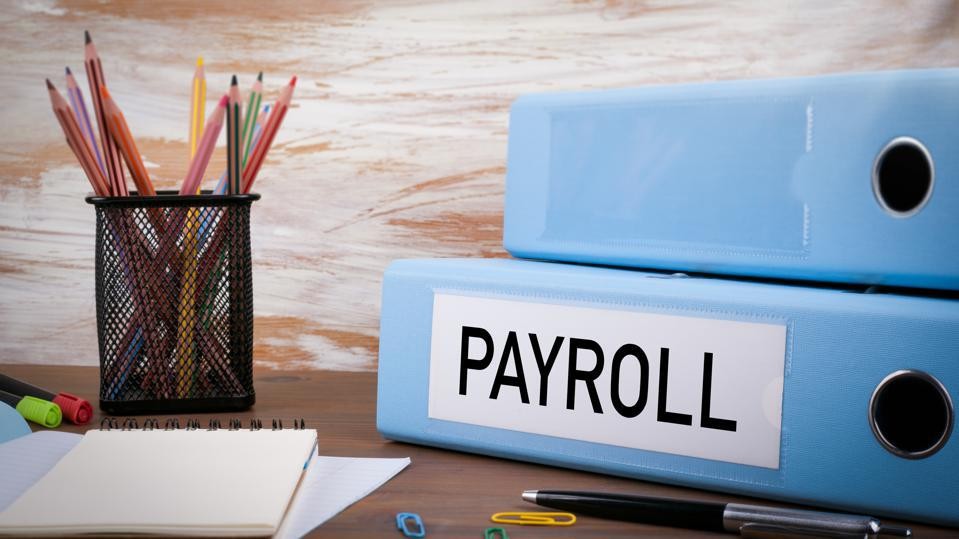
- To tie together compensation and hours, set up checkpoints all across the payroll process.
It's crucial in payroll and accounting to be able to follow as you go. Establish a procedure to guarantee that balance sheet statements are accurate and that everything lines up throughout the process.
- Make sure that none of the critical procedures are skipped in your particular payroll processing checklist.
This method can vary greatly depending on your firm. Payroll processing can be impacted by projects, time allocation for individuals who work various roles within a corporation, and time splitting among departments.
- You should also retain payroll records for your organization in accordance with FLSA standards.
The duration you should retain these documents ranges from three to seven years, with employment records lasting even longer depending on the type.
Payroll Year End Checklist
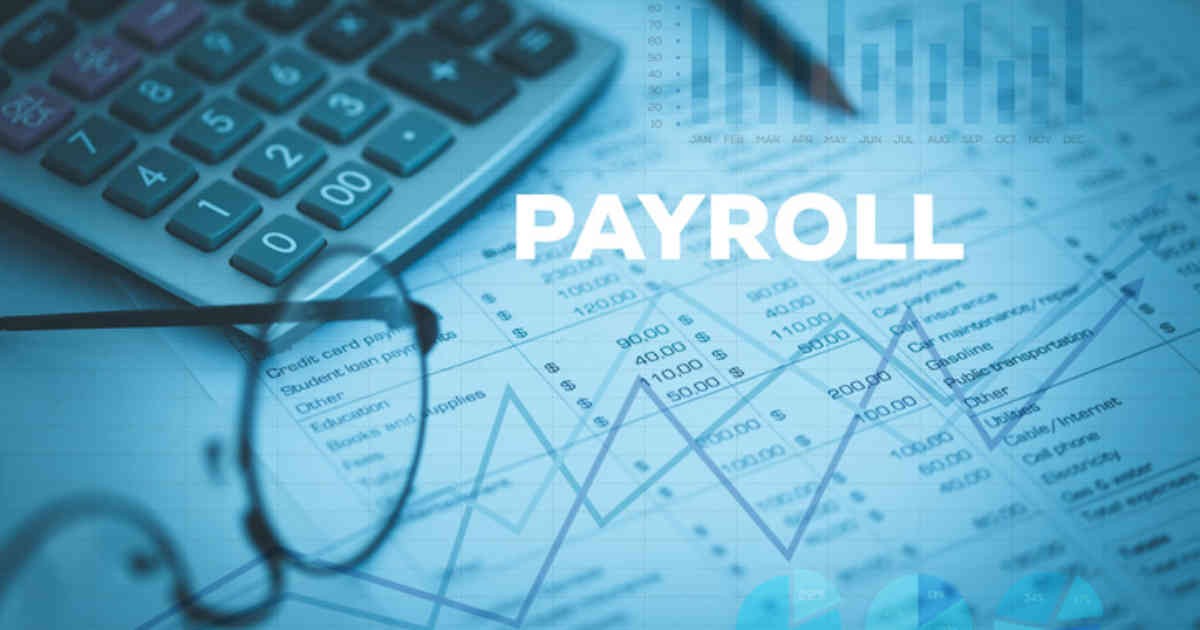
Along with employing a monthly payroll checklist, you want to have a payroll year-end checklist to make sure your year-end data is well-organized and current.
However, if you want to get ready for the upcoming tax year, you must have a payroll year end checklist.
To prevent fines, penalties, and the increasing pressure of deadlines, remember that the year-end payroll procedure is a legal duty and follow the following checklist.
- Check and double-check business details like your EIN and firm name and address.
- Check and double-check employee information such as full name, SSN, and contact information.
- Check and double-check facts on earnings, benefits, and taxes. Additionally, this phase can require keeping track of all paychecks, alerting staff members to any underutilized benefits, and ordering, delivering, and submitting W-2s. Other relevant tax forms must also be filed.
- Determine your year-end bonus payroll.
- Any unresolved issues must be resolved.
- Update payroll data and plan payroll rules, schedules, and compensation for the coming year.
Frequently Asked Questions
How do I set up payroll for one employee?
Here are the information that you need to set up for one employee:
- Identification number for the employer (EIN).
- If relevant, state and municipal tax ID numbers.
- Provide your unemployment identification number.
- Forms W-4 and I-9 for the employee.
- Employee's certificate of state withholding allowance.
- Labor Department documents.
- Pay periods are set.
How do you calculate monthly payroll?
Total annual compensation for the employee or department is divided by the number of pay periods. Divide the amount by 52 if you receive compensation on a weekly basis.
Divide by 26 if you pay every two weeks. Use the number 24 or 12, accordingly, in your division computation for semi-monthly / monthly payroll.
Conclusion
How to run a payroll checklist is not quite easy with everyone. Tanca's got you covered if you're feeling sick after going through these instructions.
Payroll processing involves a lot of things to think about and examine, but you don't have to do it by yourself. It goes without saying that you may increase work performance, maintain accuracy, and save time by using payroll software.
Consider carefully choosing the right software for your business as well as ensuring the features to achieve the highest efficiency. Do you have any other ideas for a payroll checklist with Tanca’s readers? Please comment below!

